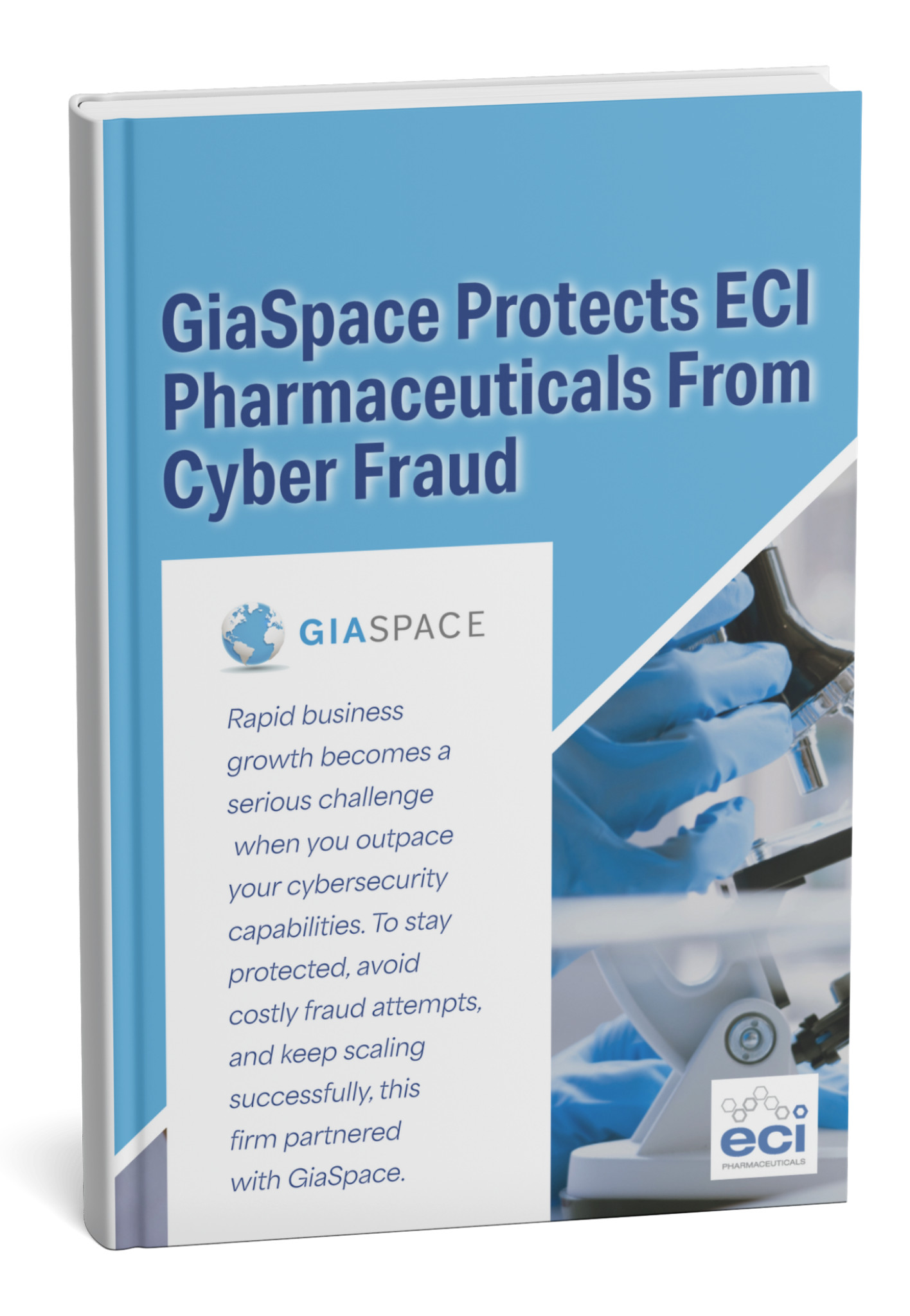Your business just got hacked. How long do you have before the damage becomes devastating?
If you’re like most companies, you probably think you have hours or maybe days to figure things out.
Here’s the brutal reality: cybercriminals can steal your data, encrypt your files, or shut down your operations in minutes.
That’s where the 1-10-60 rule comes in. It’s not just another cybersecurity buzzword. It’s a survival framework that could save your business.
Meet the 1-10-60 Rule
The cybersecurity world has a little secret that could save your business: the 1-10-60 rule. It’s brilliantly simple and brutally effective when done right.
1 Minute:
to detect the threat
10 Minutes:
to investigate what’s happening
60 Minutes:
to contain and eliminate the threat
Sound impossible? It’s not. But it requires the right preparation, tools, and mindset.

The Harsh Reality Check
Let’s talk numbers for a second (and fair warning, they’re not pretty):
- Average time to detect a breach: 197 days (over 6 months!)
- Average time to investigate: 6+ hours
- Average time to contain: 31 hours of nonstop work
That means hackers have been in your systems for months, doing whatever they want with your data. By the time you notice, it’s often too late.
Companies that can’t respond quickly face:
- Average breach cost: $4.35 million
- Production downtime: $8,500 per hour
- Customer trust: Years to rebuild, if ever
- Compliance fines: Can reach millions
Ready to protect your business from cyber threats that could shut you down? Get your free security assessment and see where your vulnerabilities are before criminals do.
Why One Minute Matters
Modern cyberattacks are automated, lightning-fast, and designed for maximum damage.
In 60 seconds, ransomware can:
- Encrypt thousands of files
- Spread to every connected device
- Lock you out of your systems
- Start demanding payment
What detection actually looks like:
- Alerts when someone logs in from Moscow at 3 AM
- Warnings when files encrypt at superhuman speed
- Red flags when accounting software accesses employee records
- System alerts when software tries to access restricted areas
Tools that make 1-minute detection possible:
- Security Information and Event Management (SIEM) systems
- Endpoint Detection and Response (EDR) tools
- Intrusion Detection Systems that watch your network 24/7
- User behavior analytics that spot when employees act unusually
The 10 Minute Investigation
You’ve caught something. Now get smart fast.
Critical questions to answer fast:
- Is this ransomware, data theft, or system sabotage?
- Which systems infected vs. clean?
- Are customer records at risk?
- Entry point: phishing, weak password, unpatched software?
- Target: customer data, financials, or chaos?
Investigation tools:
- Network traffic analysis
- System logs
- Threat intelligence
- User activity monitoring
The 60 Minute Response
You’ve found the threat and investigated the scope. Now you have one hour to:
- Contain the attack (stop it from spreading)
- Eliminate the threat (remove malware, block access)
- Begin recovery (restore from backups, patch vulnerabilities)
Containment (Stop the bleeding):
- Isolate infected machines
- Block attacker access routes
- Change compromised passwords
- Shut down unnecessary network connections
Elimination (Kick them out):
- Remove malware from affected systems
- Close security gaps
- Patch vulnerabilities
- Verify no backdoors remain
Recovery (Get back to business):
- Restore clean data from recent backups
- Test everything before going live
- Document for insurance claims
- Plan “we’re back online” communication
Companies that nail the 60-minute response? Customers barely notice. Those that don’t? Some never fully recover.
Why Most Companies Fail
- No Watchdog: Basic antivirus = guard dog that only works business hours
- No Game Plan: Panic leads to bad decisions while precious minutes tick away
- No Tools: Can’t fight Formula 1 attacks with bicycle defenses
- No Training: Teams don’t know procedures when alerts fire
- No Good Backups: Hackers encrypted them or they’re months old
How to Actually Implement the 1-10-60 Rule
One-Minute Detection:
- 24/7 network monitoring
- User behavior analytics
- Endpoint detection systems
Ten-Minute Investigation:
- Attack-type playbooks
- Trained response teams
- Ready forensic tools
- Clear communication channels
Sixty-Minute Response:
- Step-by-step isolation procedures
- Regular incident response drills
- Clean, tested backups
- Emergency contact protocols
Industry-Specific Stakes
Manufacturing:
Production downtime = thousands per hour lost
Accounting:
Client financial data breaches = regulatory fines and lost trust
Legal:
Confidentiality breaches = license risk
Logistics:
Supply chain disruptions = delayed shipments and lost contracts
Construction:
System compromises = project delays and budget overruns
The Bottom Line
The 1-10-60 rule separates minor IT incidents from business-ending catastrophes.
Every delayed minute means more damage, less containment chance, and higher recovery costs.
Survivors aren’t those with unlimited budgets, but they’re the ones who respond fast with the right monitoring, procedures, and tools.
Don’t wait for a cyberattack to test your response time. Whether you’re in manufacturing, finance, legal, logistics, or construction, we help companies implement monitoring and response systems that actually work when you need them. Get your security strategy session and discover how the 1-10-60 rule can protect your business.
Published: Sep 29, 2025







